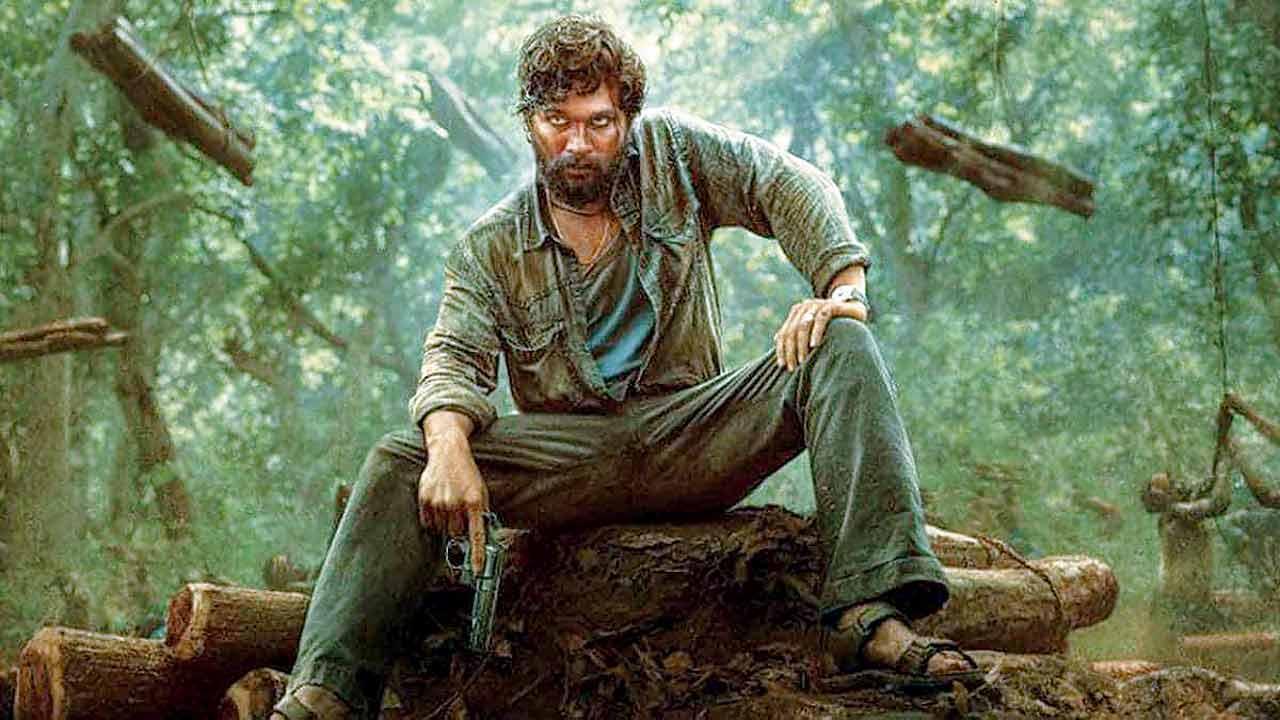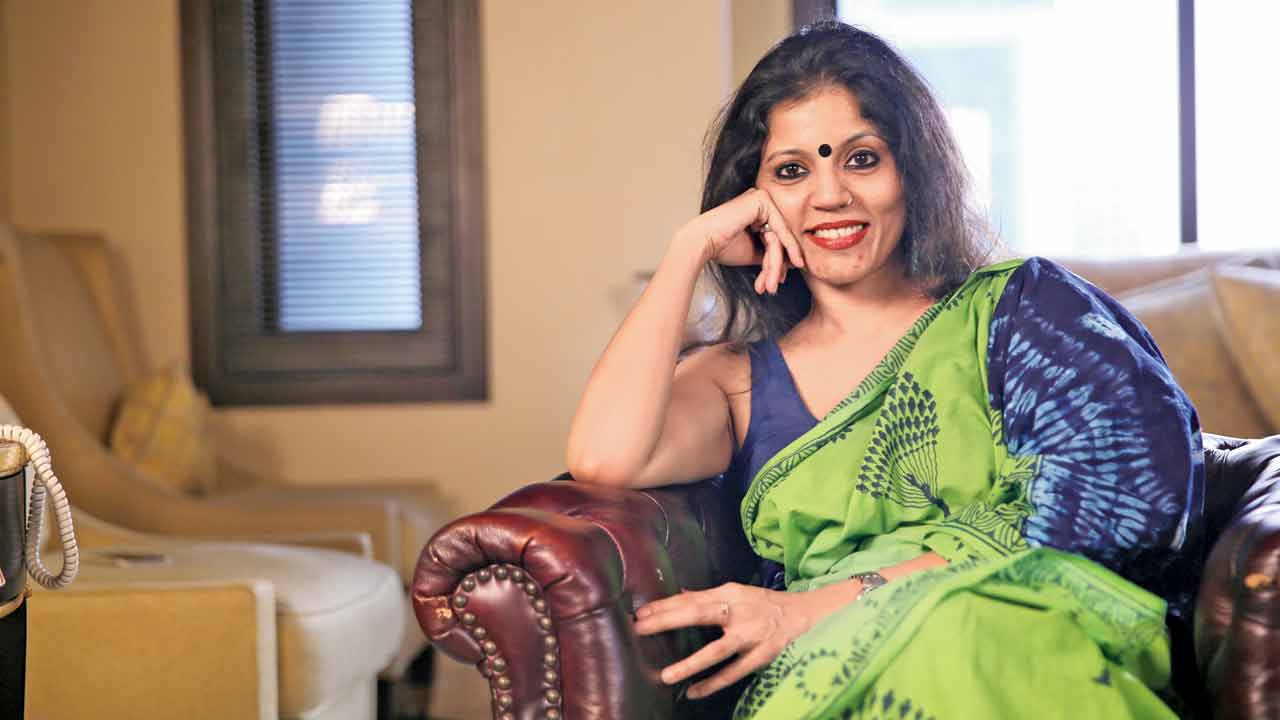The new language of cinema: Dialogue writers and dubbing artistes discuss whether the craze is here to stay
8:22 AM
Posted by Fenil Seta

With south films taking India by storm over the past year, mid-day asks dialogue writers and dubbing artistes if the craze is here to stay
Mohar Basu, Uma Ramasubramanian (MID-DAY; July 29, 2022)
Pushpa naam sunkar flower samjhe kya? Fire hai main.” One can imagine the audience breaking into whistles and claps after that dialogue. As they did. In the past year, the south film industry doled out blockbusters in Allu Arjun’s Pushpa: The Rise - Part 01 (2021), S S Rajamouli’s RRR and Yash-starrer KGF: Chapter 2, giving rise to the concept of pan-India films.
While the grand scale and a strong emotional story at the core gave the films a universal appeal, the seamless translations in the dubbed versions played a key role in their runaway success across the country. So, we ask the men and women behind the curtains whether pan-India films are the way forward.
Speak the universal language of emotions
Riya Mukherjee, who has roots in the radio industry, remembers being surprised when she was chosen to write the Hindi dialogues of Rajamouli’s RRR. “There was a specific thought behind the choice. As radio [artistes], we are focused on how a line sounds. Sir was clear that each line had to sound right; it was not about simply translating it.”
Her journey started right when the multi-lingual rolled in 2019. Three years on, in 2022, she finished the final dialogue draft. “I went to the shoot several times, saw the film multiple times, and revisited the story over and over again. The film seeped into my system.”
At the start of the endeavour, Rajamouli told Mukherjee that he didn’t want anyone to remark that it “sounded like a dubbed film.” The idea then was to encapsulate the spirit of the scenes. “Telugu is rich and lyrical. There were many analogies, and they didn’t translate well because [those cultural cues] were missing in the north. So, I started hearing the tone of the Telugu dialogues, and realised they are rhythmic.”
Mukherjee cites an example, “A dialogue I had written went: Chupke se nahin, aage se vaar karenge. But sir made it: Chup chup ke, darr darr ke nahin, saamne se vaar karna hoga. When the trailer was released, I realized the line’s impact.”
Dub it right
While Ram Charan and Jr NTR dubbed their portions in the Hindi version of RRR, Pushpa: The Rise - Part 01 makers roped in Shreyas Talpade as the voice of Arjun’s character. While roping in voice artistes is par for the course, Talpade says the makers insisted on an actor who could “enact the part.” With dubbing director Abulhasan Ansari, Talpade remembers spontaneously bringing a Mumbaiyya flavour to the dialogues.
“At one point, I uttered, ‘Chamayla, tujha aai la.’ Abul decided to retain it, saying that the Marathi slang worked well in that portion.”
Pushpa’s iconic line too was born out of improvisation. “The original line was, ‘Pushpa matlab phool samjhe kya? Main angaar hai angaar.’ Our dubbing director noted that the words ‘phool’ and ‘angaar’ didn’t [create an impact together]. We spent some time trying to find a perfect fit, and he suggested that ‘flower’ and ‘fire’ would go well. It then became ‘Main fire hai’.”
Bollywood, take notes
After the pandemic, Hindi movies have largely been floundering at the box office. The smashing success of their south counterpart has made the industry realise the true potential of a pan-India film. Taking a movie across the country also has economic benefits. It’s not surprising then that the upcoming biggies — Shah Rukh Khan’s Pathaan, Salman Khan’s Tiger 3 and Ranbir Kapoor’s Brahmastra — will also be released in Tamil, Telugu and Kannada. Of the movies, Brahmastra was the only film originally designed to travel the length and breadth of the country. The epic fantasy has Rajamouli’s stamp of approval. “Brahmastra perfectly marries themes from ancient Indian culture with modern technology,” he had said.
Pan-India films are the way ahead, says trade analyst Taran Adarsh. “With Amazon Prime Video and Netflix releasing films and shows in multiple languages, it [reiterates the] fact that content has the power to cut across diverse [cultural] groups. A multi-language release gives producers the opportunity to explore untapped markets.”

Riya Mukherjee
This entry was posted on October 4, 2009 at 12:14 pm, and is filed under
Abulhasan Ansari,
Bollywood News,
Pushpa: The Rise - Part 01,
Riya Mukherjee,
RRR,
S S Rajamouli,
Shreyas Talpade,
Taran Adarsh
. Follow any responses to this post through RSS. You can leave a response, or trackback from your own site.
Subscribe to:
Post Comments (Atom)
Post a Comment